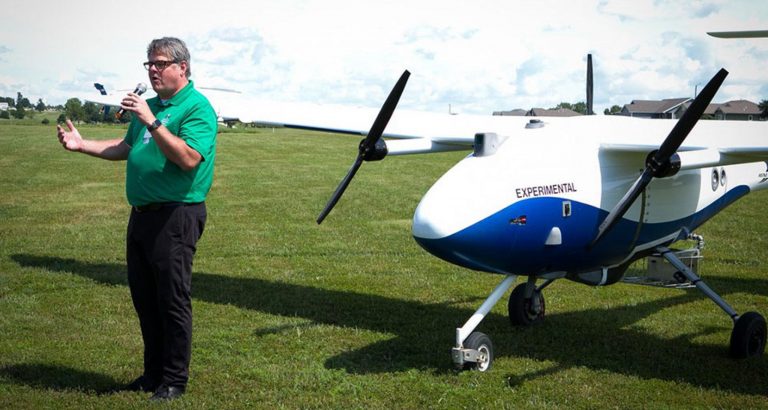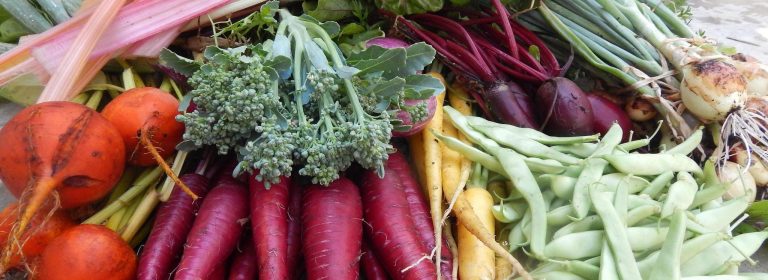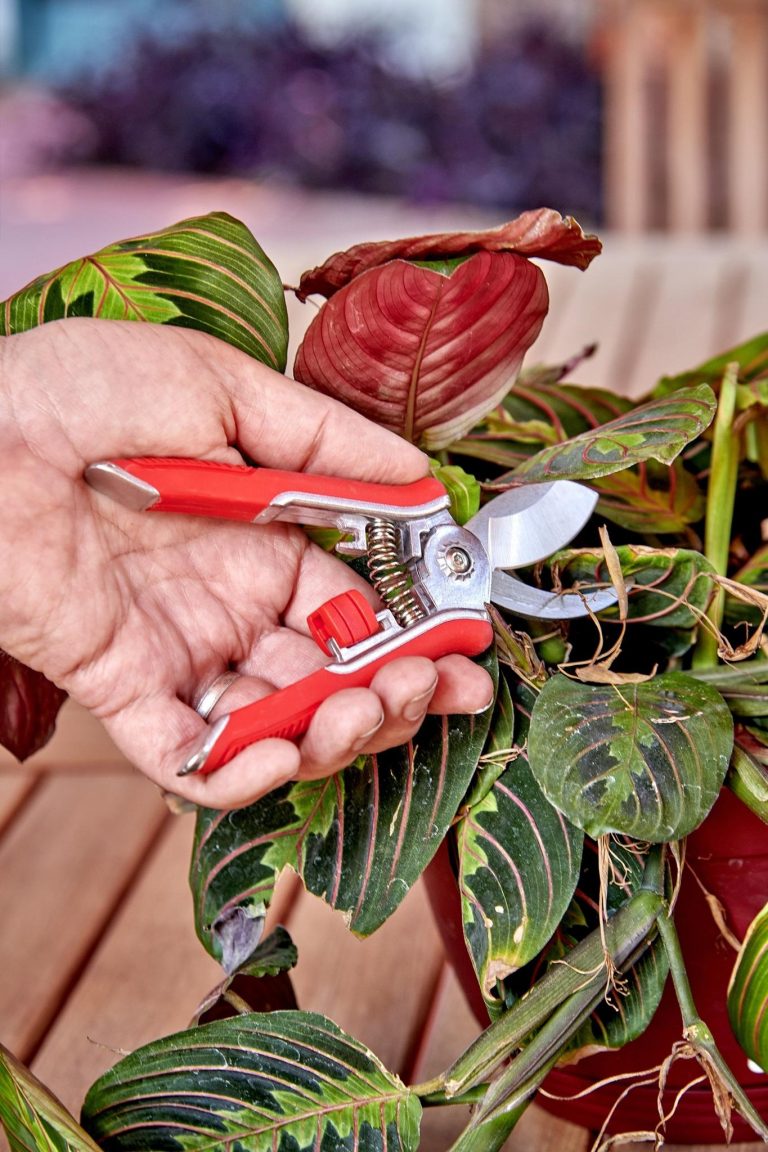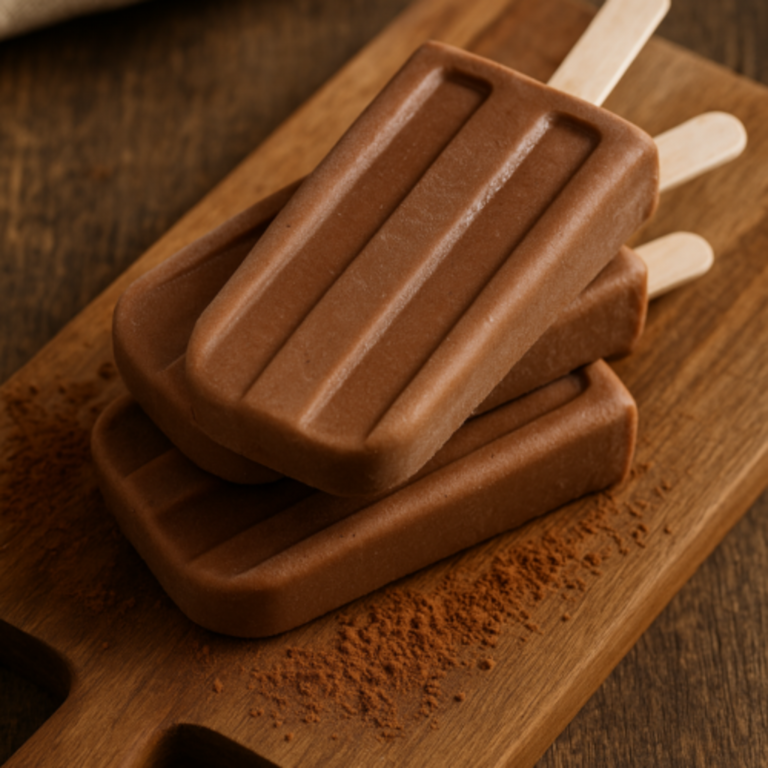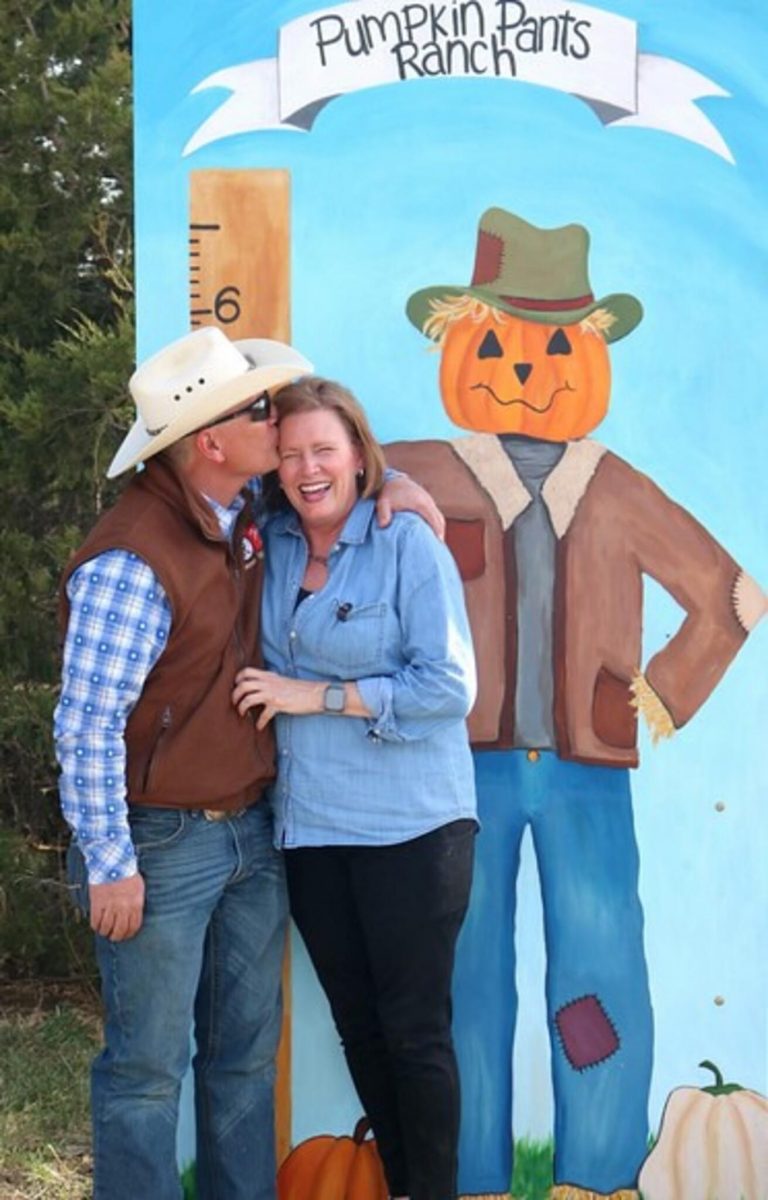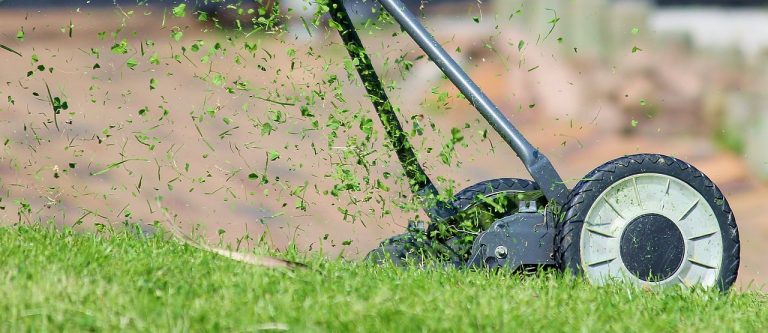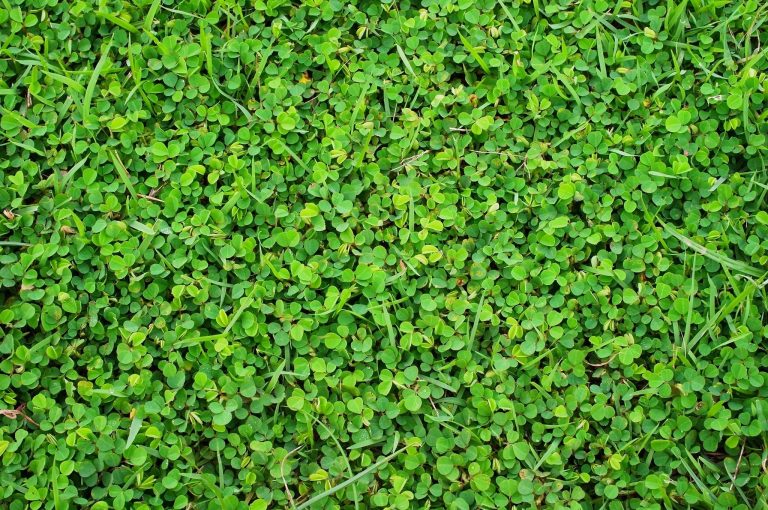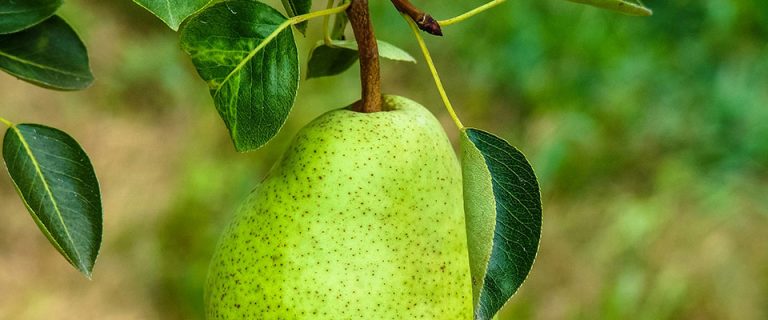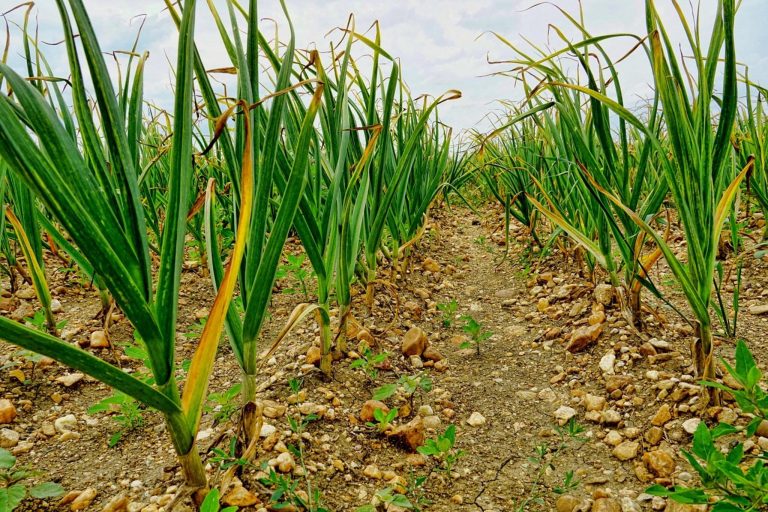
In the garden: Time to plant garlic
Lots of lawn and garden projects and tasks are typically done in September. One of these is planting garlic. I have grown to love planting garlic probably because not only is it very tasty it is also very easy to grow. It may be one of the easiest vegetables to grow. Planting garlic (Allium sativum) in the fall allows the cloves to go through a chilling period which is important for bulb and flower growth. October is a good time to plant because the cloves can begin to develop roots and shoots before freezing weather arrives.

